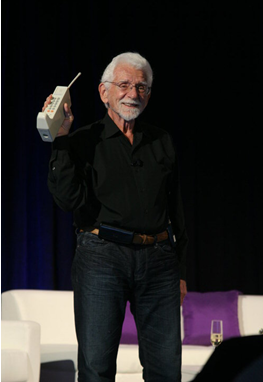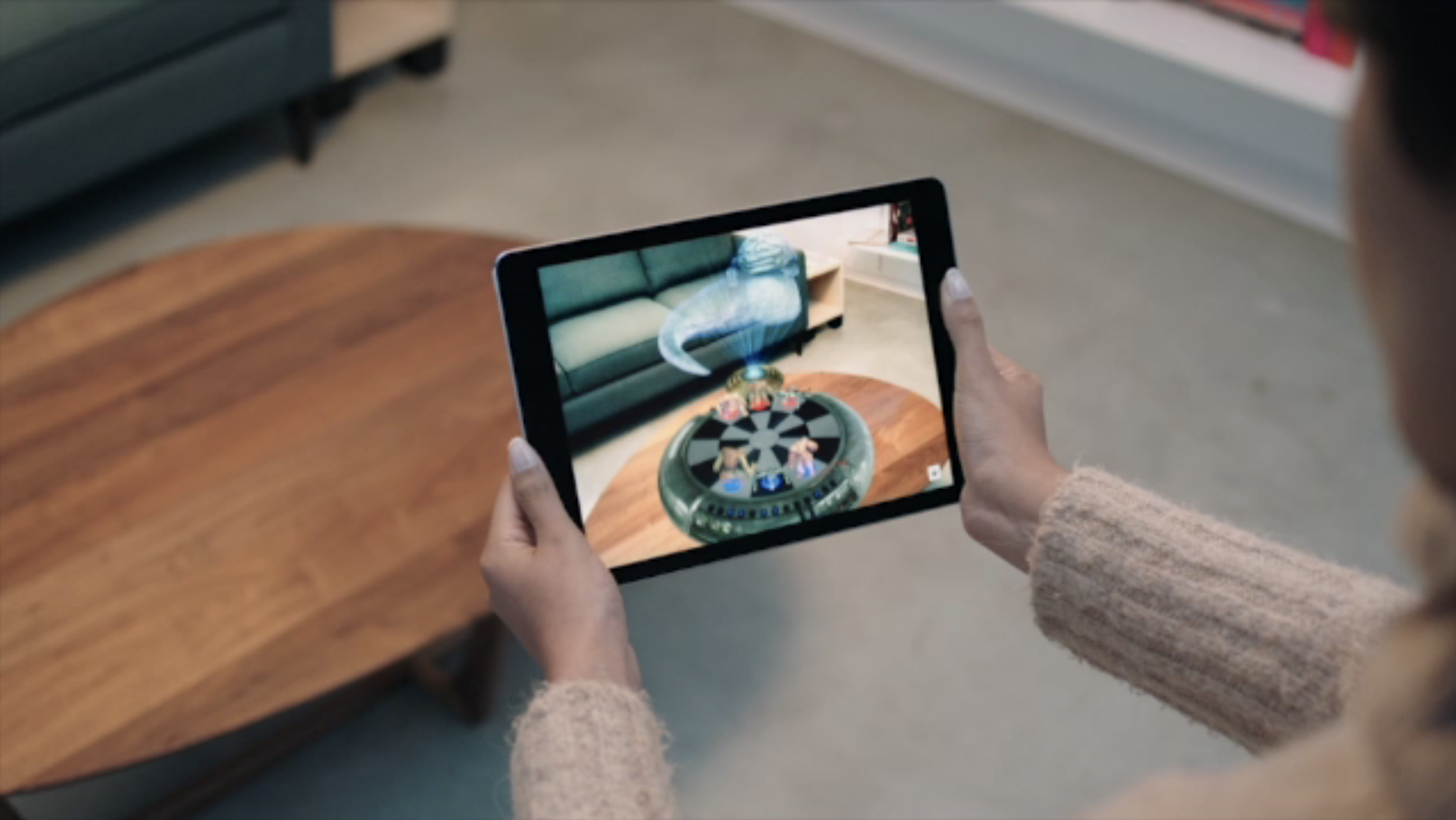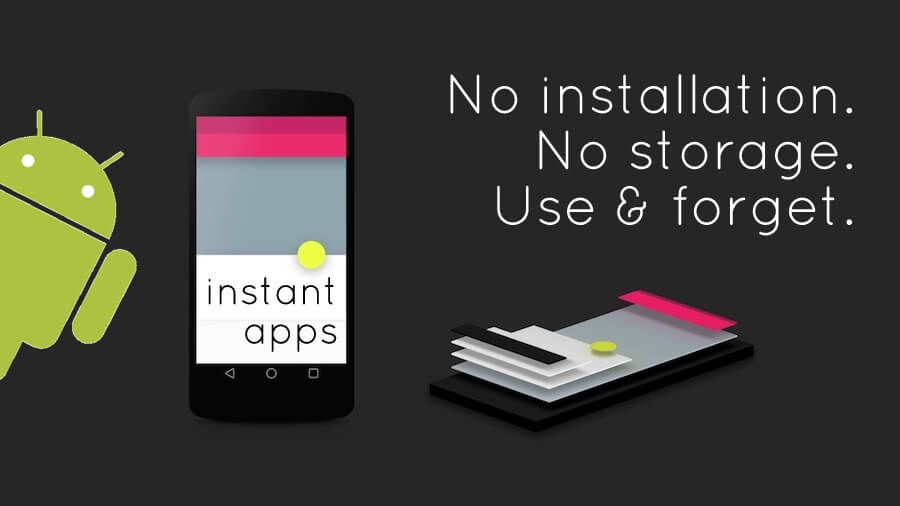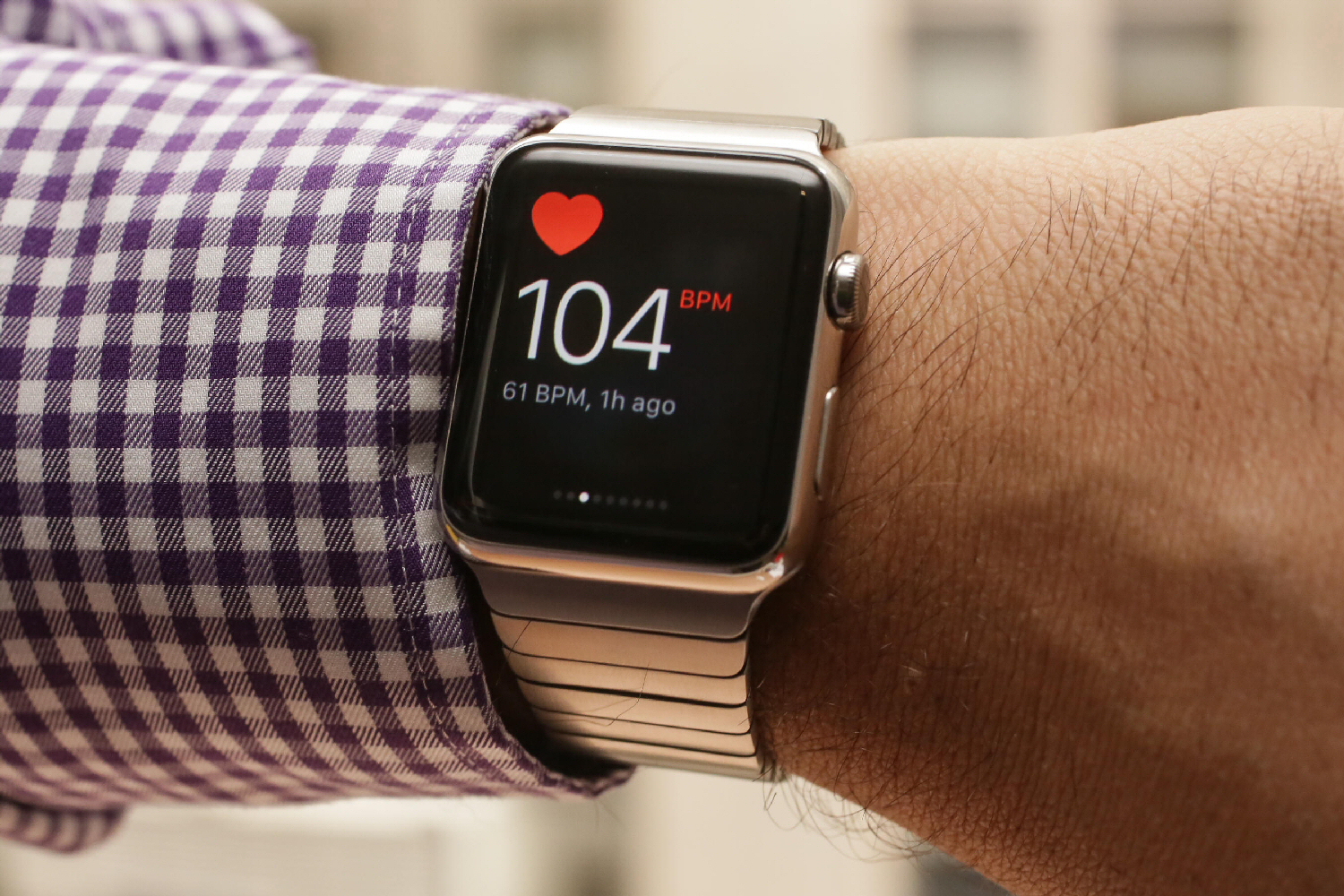Future of Mobile Application Development in 2022

In April 1973, Marty Cooper - Motorola Engineer made the first call from a real handheld portable cell phone. This phone- Motorla DynaTAC had an LED screen and boasted 30 minutes of talk time with eight hours of standby. It was priced at almost $4,000 in the early ’80s — no wonders it made its first appearance in the hands of bankers on Wall Street!

Mobile Phones today are as powerful as PCs. Infact according to the data released by StatCounter, In October 2016, more users last month accessed the web from mobile devices like smart phones and tablets than they did from desktops or notebooks.
When Apple launched iPhone back in 2007, it completely revolutionized the way we use mobile phones. With never seen before features like a Multi Touch Capacitive touch screen, Apple also introduced its very own App Store from which mobile users can download tons of Applications and Games which gave unlimited capabilities to the iPhone.
With plenty of competitors in the market fighting for their share of the pie, it was a dawn of Apps and Games Industry. Developers started to earn handsomely for the amazing apps and games they created and users loved them on their devices. Companies like Apple, Google, Microsoft, Nokia, Blackberry, etc had their own dedicated store and charged commissions to feature apps and games. It was a win-win situation for everyone.
Fast forward it to 2017; we cannot imagine our lives without Mobile Apps. Booking a Cab? You use Uber. Ordering a Pizza? You use Dominos. From a Pin to a Private Jet, You have an app for it. So the question is, whats next?
By the way, Don't have a Mobile App Yet? Connect with Cyberworx technologies, We are the best Mobile App Development Company in Delhi. We can make any mobile application for you like android, iOS, Hybrid, Flutter & more
Here are the top 10 Trends that we will shape Mobile Application Development in the near future
1)AR & VR Based Mobile Application Development


Pokemon Go was a phenomenal success. The world went crazy for the game. Would it have been so much successful if it didn’t have that cross-screen interaction? Obviously No. The ability to interact with the environment and with other players was the reason for its massive success.
But it’s not just about games and entertainment anymore. In 2018, expect to see VR and AR apps in the retail industry, real estate, travel, education, manufacturing, healthcare and more.
Tech Giants are coming up with their dedicated AR App Development Kits to make it easier for developers to create amazing AR apps.
Infact, Gartner predicts that by 2020, 100 million consumers will shop in augmented reality.
2) Enterprise Mobile App Development-


There’s a growing need for Mobilising enterprise programs. Using the same old desktop won’t get businesses much far in this BYOD (bring your own device) generation.
In a nutshell, necessity is the mother of all inventions.
Organising the business operations & offering better employee engagement on the go is a necessity today. Businesses now, are building their own app while others rely on existing 3rd party apps, to run their logistics. Enterprises will choose to invest in micro-apps development to allow employees to have specific features of the enterprise solution such as to-do list apps.
3) AI & Machine Learning Mobile App Development

AI and Machine Learning apps are everywhere now. You just don’t realize that they use these technologies. There are apps that suggest you a customized workout plan on the basis of your calorie burning and heart rate fluctuations. In fact, Google & Apple understand your tastes and preferences; their personal digital assistants suggest you things accordingly. Suppose, you are a food lover and prefer Italian cuisine. Digital Assistants may recommend you nearby Pizza Outlets.
This is just a beginning. With more powerful devices and in the near future, use of AI and machine learning will grow rapidly. Expect amazing apps making you much more pro-active than ever before in the near future.
Will Artificial Intelligence replace the Designers?
4) Instant Apps

This is currently available only on Android 7.0 Nougat version but will soon be supported by other Android versions. It is basically an app streaming service, which means users can access an app quickly, without having to download it first in full on their device. Instant Apps have 5 times smaller footprint than regular apps. For example, Vimeo’s app takes up 20MB, while its instant app uses up only 4MB of space.
Developers will not have to develop a new app, as instant apps use the same API and the same project and source code, but just adds some functionality. Sure, they will have to go the extra mile for supporting it, but the opportunities of exposing your product to more users has to be appealing.
5) IoT Based Mobile Applications Development

Almost every IoT solution needs its own dedicated mobile app, using its smart device sensors to assist the user to control the smart device. For example: Philips HUE.
In fact, Android and Apple have released their own package for developing IoT apps. The existing solutions such as smart homes, connected cars, smart healthcare and we are not stopping.
However, one concern with this growing trend though is the security. With all those connected devices, chances for breaches are higher. Imagine somebody hacks into your smart home hub and get an access to your whole house. No keys required!
Hear a lot about Internet of Things but don't exactly understand what it is?
6) Cloud Based Application Development

These apps don’t take as much space as regular apps on the users’ device without compromising with the user experience and keeping the same data across all devices.
Developing cloud-based apps can be less complicated than one version of the app. The user does not have to regularly update the app from the app store and a universal user experience and features can be provided to all users at the same time. This trend seems to be continuing to grow in 2017 and will keep on growing in the future.
7) Greater Attention to Mobile App Security and Privacy

With Apps collecting data about the users more than ever before, risks, vulnerabilities and security breaches are getting bigger than ever before. This is a great concern for app developers, and mobile app business owners who are worried about their apps’ performance and user data.
Tech companies are introducing Biometrics like Fingerprint and Iris Scanning with an ability to encrypt data locally in the user’s phone for ensuring greater security. Hence, we must expect more such technologies upcoming int he future to make our data much more secure.
8) Wearable Technology influencing Mobile App Development

According to International Data Corporation, the market for wearable devices is going to experience a composite annual growth rate of 20.3%, leading to 213.6 million units shipped in 2020. Market is flooded with amazing wearable devices like Apple Watch, Fitbit, Mi Bands, LG Urbane, Samsung Gear, etc.
Wearables are semi-independent and are used as a phone companion. Hence, they function on the basis of apps installed on the phone. Many dedicated apps are already available for the wearable devices but the app selection is not as wide as that of mobile phones. With the growth in Wearables sector, we are pretty sure that by 2020, apps available for wearable will be as big as those available for mobile phones.
Food For Thought:
“From Motorola DynaTAC in early 80’s to iPhone X in 2017, we have come a long way. Handheld devices are capable than ever before. However, all this powerful hardware that we have under the hood of these aesthetically appealing devices is a waste if we would not have cleverly designed apps to make them work. The best part of these trends is that we are already using them and we just don’t realize that how complex and sophisticated these underlying technologies are. We are getting much more efficient, productive and proactive than ever before; all because of the amazing tech companies building great hardware complemented by talented app developers building amazing applications to make these work.The trends will keep on changing but gadgets will always be the catalyst for the cultural changes in the future.”
DON'T FORGET TO
US ON LINKEDIN
Head Office 
C-9/15, Sector-7, Rohini, New Delhi -110085
Follow Us
Sitemap
Privacy Policy
Website Designing Gurgaon
Website Designing Noida


